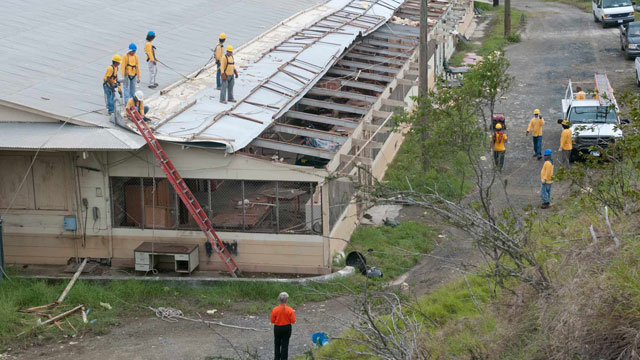
War is a peculiar thing. With the U.S stock market crash of 1929 and the subsequent economic depression that followed, the world economy had hit a major low. Unemployment rates had scattered up to over 25%, while personal incomes—spurred on by drastically reduced international trade prices—had once wealthy bankers jumping to their deaths. And then a funny thing happened on the way to unemployment line: World War II.
You see, with the U.S in high demand for war supplies, factories began spinning their wheels again, and even women—who were at the time relegated to housework—began furnishing the economy by taking on minimum wage jobs. They say with war comes the spoils, and while it’s not necessarily true that WWII saved us from the great depression, it’d be hard to argue that the war didn’t help jump-start the U.S and world economy.
Enter 2012. Now while we’re not at a major war with an allied power, as we we’re in the 20th century, we’re at war with something perhaps even stronger in force: mother nature.
Powerful storms are becoming an increasingly normal occurrence and the necessity of rebuilding areas damaged by gale force winds and flash floods is becoming all too familiar. Surely one could argue that these storms are destroying business and one look at a post-Katrina ravaged New Orleans, there’s a point to be made that these storms are bad business all around.

But, one has to remember that New Orleans was not a city of total prosperity when Katrina hit—a caveat to think of when contemplating the re-growth of those damaged areas.
New York, one of the areas most damaged by Hurricane Sandy, is an area of great prosperity; a city of entertainment and industry, second only to Los Angeles in terms of swaths of wealthy occupants. New York, unlike New Orleans, is an area that has to be rebuilt, and that’s where Sandy may have a hand in helping rebuild this collapsing economy.
The estimated destruction of Sandy is $30-$50 billion, and the effects of that disaster will be felt for the rest of the year, economically.
But, as construction companies get to work clearing debris and rebuilding structures, so too will equipment services receive a boost in rentals. And, with a boost in rental services, so too will companies that create these machines receive an economic boost. And, while it may take some time, some economists are predicting that car sales will also receive a boost in 2013’s first quarter. Even the housing market might see a boom, as evacuees and displaced homeowners look to replace their abodes.
Of course, this is all plinth on the next six months, which economists suggest will be the supposed time frame before we can actually tell whether or not the post-Sandy effect will be a positive one. If anything, we might find ourselves in the proverbial economic light after the storm.